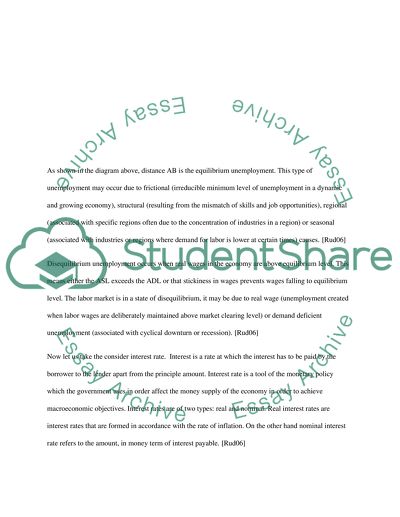Cite this document
(“Principles of Macroecomomics Essay Example | Topics and Well Written Essays - 2500 words”, n.d.)
Retrieved de https://studentshare.org/macro-microeconomics/1392756-principles-of-macroecomomics
Retrieved de https://studentshare.org/macro-microeconomics/1392756-principles-of-macroecomomics
(Principles of Macroecomomics Essay Example | Topics and Well Written Essays - 2500 Words)
https://studentshare.org/macro-microeconomics/1392756-principles-of-macroecomomics.
https://studentshare.org/macro-microeconomics/1392756-principles-of-macroecomomics.
“Principles of Macroecomomics Essay Example | Topics and Well Written Essays - 2500 Words”, n.d. https://studentshare.org/macro-microeconomics/1392756-principles-of-macroecomomics.


